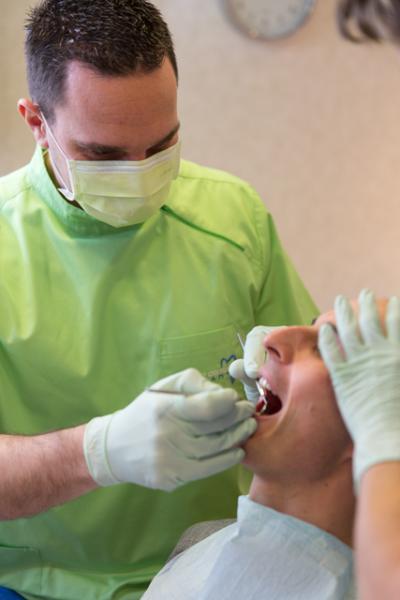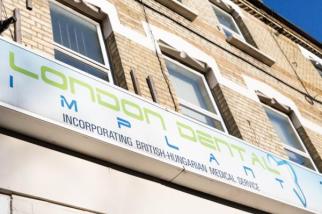
In order for a tooth implant to be successful the patient must have sufficient bone in the jaw to place the implant into. Usually the quality and quantity of bone in the jaw is reflective of how the bone healed after the tooth was removed, and not an underlying medical condition.
It was once assumed that if a patient did not have enough bone in their jaw they would not be suitable for dental implants. Today, thanks to the massive advances in dental techniques and technology patients with insufficient bone in the jaw can have the bone rebuiltusing bone grafting.
Dental bone grafting:
What is dental bone grafting?
Dental bone grafting is the replacement or augmentation of the bone around the teeth.
Why is a bone graft needed?
Bone grafting is performed to reverse the bone loss / destruction caused by periodontal disease, trauma, or ill fitting removable dentures. It is also used to augment bone to permit implant placement, such as augmenting bone in the sinus area for implant placement, or augmenting bone to enhance the fit and comfort of removable prostheses, or to enhance esthetics of a missing tooth site in the smile zone.
When one loses a tooth, as in an extraction, the surrounding bone collapses. To preserve this bone for future implant placement or for esthetics, a bone graft is used.
What are the types of bone graft used?
- Autogenous - bone taken from one area of the patient and transplanted to another area requiring such grafting
- Allograft - either synthetic bone or bone from a bone bank (cadaver bone)
- Xenograft - bovine /cow bone
Which graft is used and when and why?
Autogenous bone is the "gold standard" and oftentimes has the most predictable results. This is described as the best type of graft because such bone is live bone with live active cellular elements that enhance bone growth, whereas other types of grafts are devoid of any active cellular material.
Allografts and Xenografts both do not require a second surgical site as does the autogenous bone. Ample amounts can be easily obtained.
Barrier membranes - Guided Tissue Regeneration
In conjunction with bone grafting, membranes are often used to help stabilize the bone graft as well as displace the gum tissue from invading the healing bone graft. Gum tissue grows at a much faster rate than bone, therefore, membranes are used to prevent gum tissue from growing in and displacing the bone graft before it matures.


